150 years ago, a group of Irish immigrants created their own raditional, co-operative community in South Australia, one that stood in stark contrast to the British colonial norm. Susan Arthure, a participant in this year's National Monuments Service's 6th Annual Archaeology Conference in Dublin Castle, tells the story of Baker's Flat
In the rural heartland of colonial South Australia, there was once an Irish community called Baker’s Flat. Numbering about 500 people at its peak in the 1870s, the inhabitants maintained a strong Irish identity for almost a century, from the 1850s through to the 1940s. This was highly unusual in South Australia, a British colony that was deliberately constructed to replicate a slice of England in the Antipodes.
South Australia was based on a scheme where already wealthy men could increase their wealth even further merely by buying land - a utopia for land speculators and capitalists. And into this potent mix of largely English money and speculation came small numbers of poor Irish Catholics, tolerated only because of the need for labour as the colony grew.
In the 1850s, some of these Irish Catholics arrived at Kapunda, 75 km north of the colony’s capital, Adelaide, seeking work in a booming copper mine. Fortuitously, they were able to settle rent-free on a large parcel of land lying idle and unused by the legal owners. This land was known as Baker’s Flat, and the Irish took it under their full control, even though they were essentially illegal occupiers.
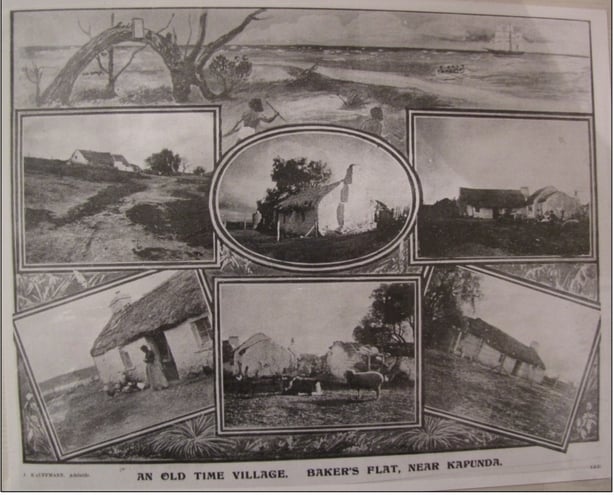
Over the following years, they built houses in the Irish style, kept their Catholic faith, danced to Irish music by firelight, and played hurling on Sunday afternoons. By the time the legal owners wanted their land back in the late 1870s, the Irish had no intention of giving it up.
From the perspective of those landowners and the broader Kapunda community, Baker’s Flat was a place of filthy hovels, roaming cattle, alcohol-fuelled disorder and disreputable Irish papists. This became the dominant narrative, fuelled by disputes and court cases over this contested land.
There are hints in some of the court records, however, of a complexity to the settlement that has been overlooked until now, suggestions that the Baker’s Flat Irish may have adopted a traditional Irish way of managing land and community—the clachan and rundale system—characterised by clusters of houses and co-operative farming, a practice that would have appeared chaotic, disordered and illegible to outsiders.
From the 1940s, the memories and history of Baker’s Flat all but disappeared as the last of the Irish either left or died. But recent archaeological research has shed new light on the settlement.
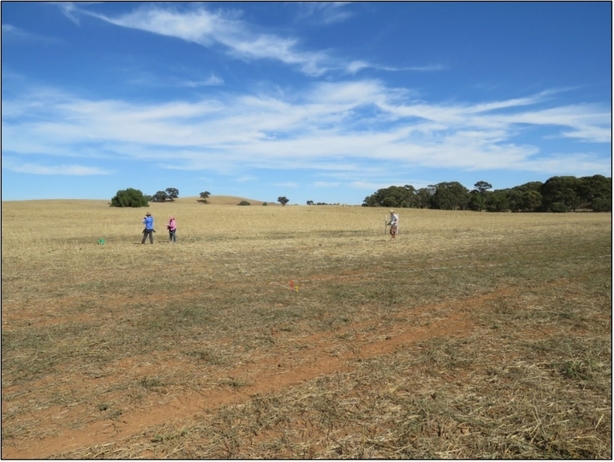
Firstly, a geophysical survey identified several interesting features below the surface. These results informed an excavation program, where a potential field enclosure and two structures were uncovered, along with close to 20,000 ceramic, glass and metal artefacts.
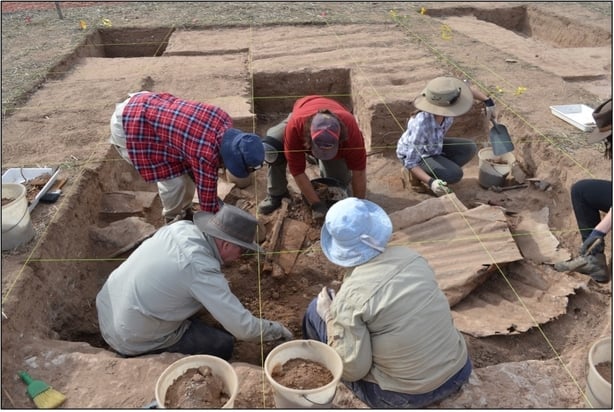
One of the excavated structures was interpreted as a domestic dwelling (Figure 4) and the other as a traditional sweathouse (Figure 5). As well, material from the Irish National Folklore Collection at UCD helped to interpret community practices. And kinship and family networks were reconstructed using family histories and archives.
Many of the families on Baker’s Flat had originally emigrated from County Clare, with family names including Liddy, O’Loughlin, Lennane, Dundon, Robinson, Conolan, O’Callahan and Driscoll. The Driscolls were probably the most influential. Daniel Driscoll, who left Clare for South Australia in 1857, was spokesperson for the community in a major court case. Several Driscoll women were active in defending their homes and land from attempted evictions during the late 1870s and early 1880s—the land war of Baker’s Flat echoing that taking place at the same time in Ireland.
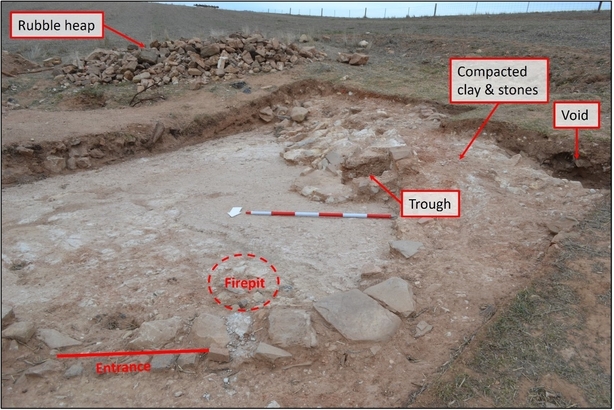
A co-operative community
The major finding from this archaeological research is that Baker’s Flat was, indeed, operating as a clachan and rundale system, the first complete exemplar to be recognised outside of Ireland so far. For close to a century, as the clachan died out in rural Ireland, one thrived in country South Australia.
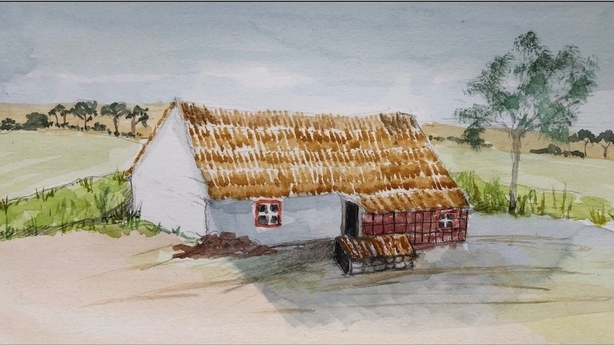
Here, the Baker’s Flat Irish lived in a traditional, co-operative community that perched on the edge of a capitalist economy driven by mining and farming. They continued to build Irish-style houses and even a sweathouse. They managed the land and stock co-operatively, and maintained strong kin networks through shared origins, astute marriages and long-standing friendships. No matter how hard the legal landowners tried to get their land back, or how the broader community looked askance at the troublesome Irish in their tiresome settlement, the Baker’s Flat Irish retained their traditions and declared their Irishness, under a southern sky.
Dr Susan Arthure will be speaking at the National Monuments Service’s 6th Annual Archaeology Conference on October 7th in Dublin Castle. From the voyages of the first Mesolithic colonisers to the present day, the island of Ireland has seen many new arrivals coming for many different reasons. Archaeology can provide unique insights into how these people adapted to their new surroundings. Imirce: Migration and Ireland Through Time will investigate how identities were negotiated within these new contexts. Tickets are available on Eventbrite.ieEventbrite.ie.










































